The Giver [Book]
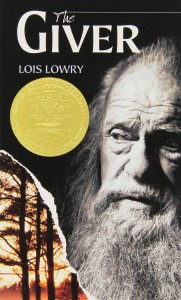
view/request
The Giver is a 1993 American young adult novel by Lois Lowry. It is set in a society which is at first presented as a utopian society but gradually appears more and more dystopian.


view/request
The Giver is a 1993 American young adult novel by Lois Lowry. It is set in a society which is at first presented as a utopian society but gradually appears more and more dystopian.
Tagged: Dystopia, Fiction, Futuristic

view/request
Tagged: Fiction, Historical fiction
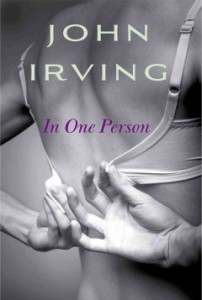
view/request
I’m glad I read John Irving’s In One Person, though I almost gave up on it in the first few pages. The rambling conversational tone took some getting used to, and the sexually explicit language did not yet seem justified. Something in the quirky characterization of the protagonist, Billy, kept me reading and as the conversational tone became familiar and Irving’s wonderful story telling took over, I soon found it difficult to put the book down.
What began as a strangely narrated story of a quirky child soon becomes an engaging coming-of-age story, then a touching examination of the life of a bisexual man in a world that is deeply uncomfortable with his bisexuality and the gender bending behavior of those he loves, and eventually a stark look at the AIDS epidemic in the 1980s.
Over the course of the novel John Irving illustrates the changing attitudes towards cross-dressers and transwoman in American society from the 1940s until the turn of the millennium. While his portraits are certainly not representative they are believable and always sympathetic.
There is nothing titillating about In One Person despite its sexually explicit language and themes. This is a story about friendships, crushes, prejudice and acceptance.
Tagged: Coming-of-age, Fiction, LGBTQ
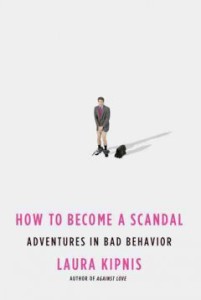
view/request
Who doesn’t love a scandal? In this book, Kipnis explores the how and why of scandalous behavior, including what makes the rest of us such eager consumers of other’s downfalls. She focuses on four juicy tales from the recent past at some depth , but always with a light touch: Lisa Nowak, the lovelorn astronaut; disgraced New York judge Sol Wachtler; “memoir” writer James Frey; and Linda Tripp, Monica Lewinsky’s confidant who encouraged her pursuit of President Clinton and then betrayed her. If you’ve ever wondered, “What were they thinking?” How to Become a Scandal attempts to answer that question.
Tagged: Celebrities, Non-fiction, Psychology
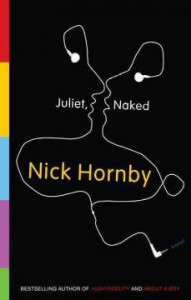
view/request

view/request
One of the great classics of food writing, still fun to read and filled with insights almost 200 years later.
Tagged: Food, Non-fiction
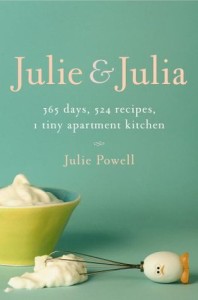
view/request
Join Julie Powell as she tries to cook the entire “Mastering the Art of French Cooking” cookbook in one year. Her funny story started out as a blog and turned into one hilarious story about the adventures of trying something new.
Tagged: Food, Memoir, Non-fiction
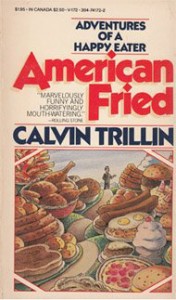
view/request
Trillin is just as serious about food as some of the more earnest writers on this list, but also hysterically funny. His main thesis is that the local food usually is best, not the “continental cuisine” served in the pretentious restaurants found everywhere which he names generically “La Maison de la Casa House”. This book is the first in his Tummy Trilogy, which moves on to Alice, Let’s Eat, and finishes with Third Helpings — a delectable three-course meal, all in our collection.
Tagged: Food, Non-fiction
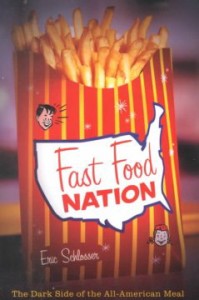
view/request
Analyzing the influence of the fast food industry on American society, an award-winning journalist explores the homogenization of American culture and the impact of the fast food industry on modern-day health, economy, politics, popular culture, entertainment, food production, and more.
Tagged: Food, Non-fiction
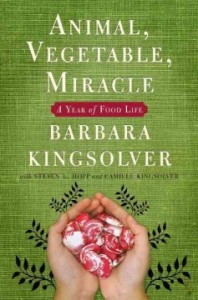
view/request
The National Humanities Medal-winning author of The Poisonwood Bible follows the author’s family’s efforts to live on locally and home-grown foods, an endeavor through which they learned lighthearted truths about food production and the connection between health and diet.
Tagged: Food, Non-fiction
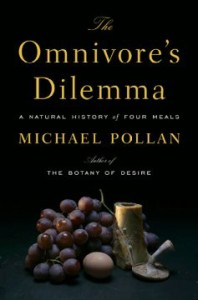
view/request
An ecological and anthropological study of eating offers insight into food consumption in the twenty-first century, explaining how an abundance of unlimited food varieties reveals the responsibilities of everyday consumers to protect their health and the environment.
Tagged: Food, Non-fiction
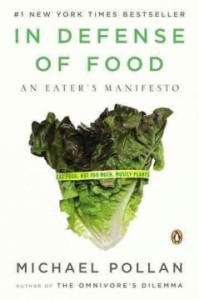
view/request
Cites the reasons why people have become so confused about their dietary choices and discusses the importance of enjoyable moderate eating of mostly traditional plant foods.
Tagged: Food, Non-fiction